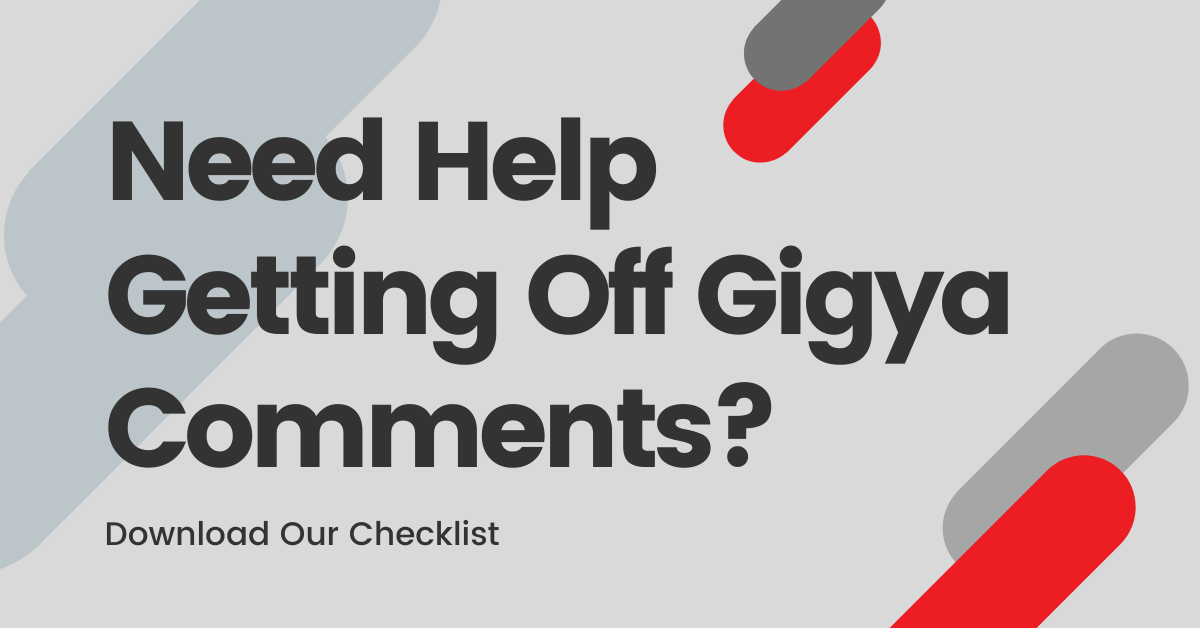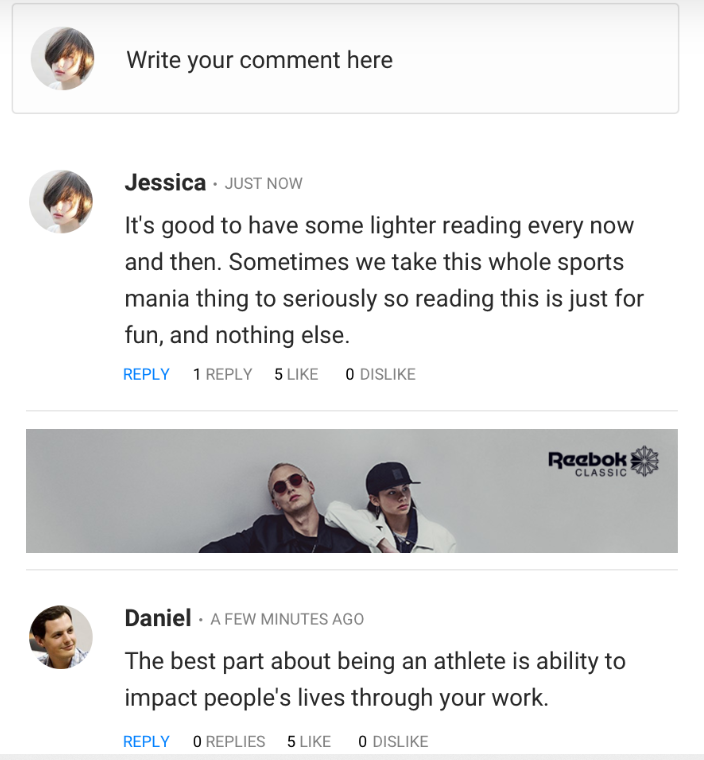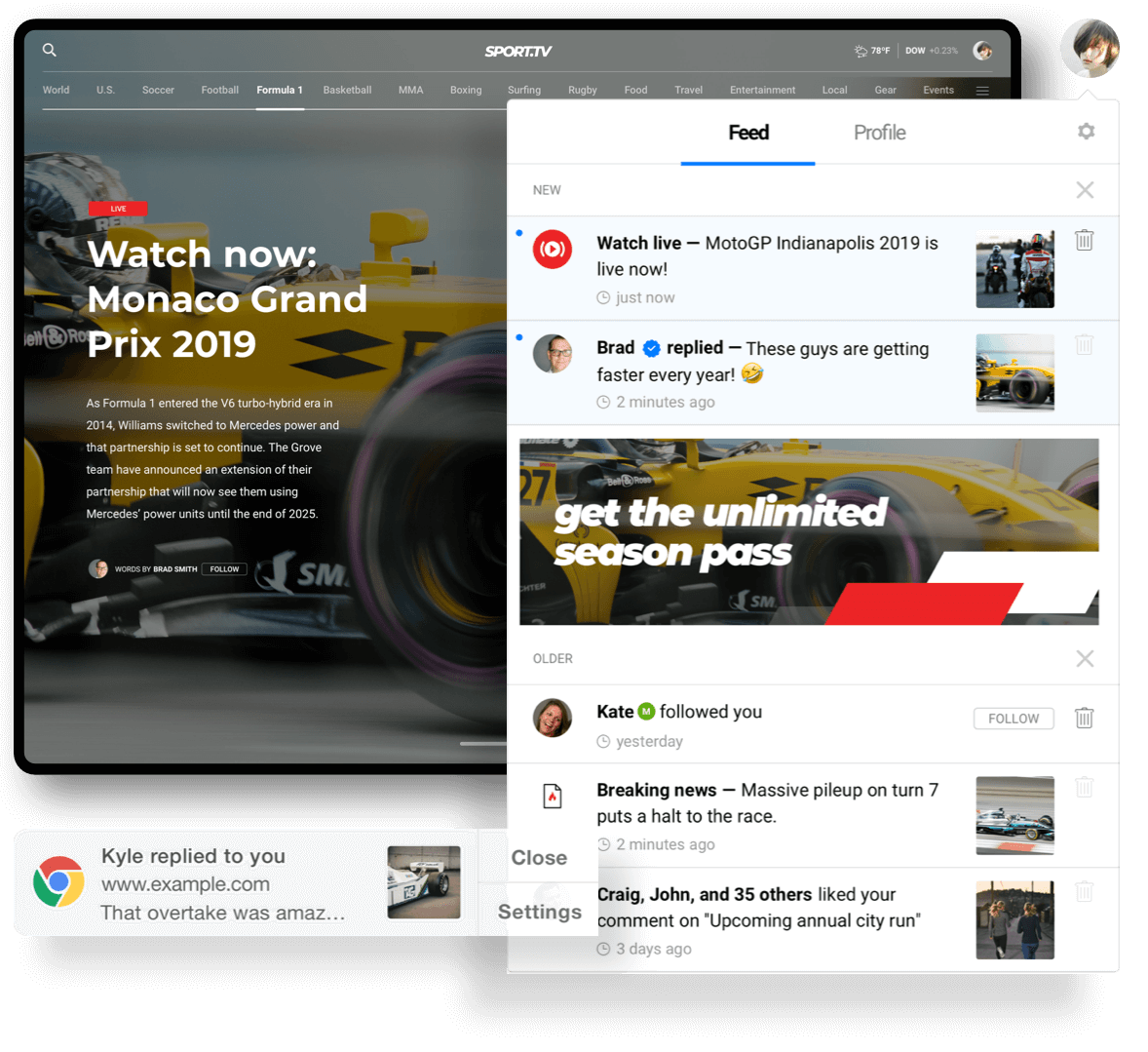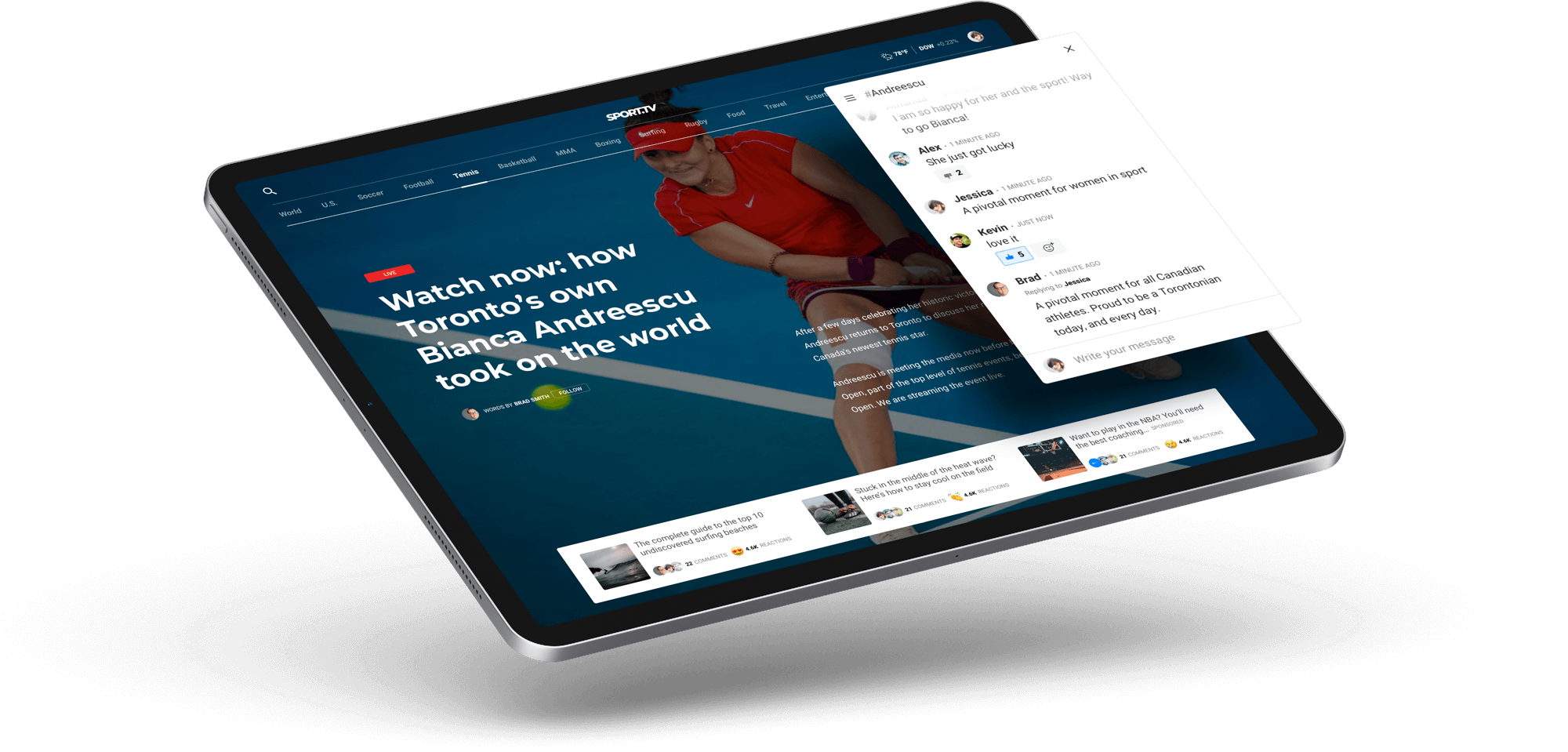Spotlight
- With the right features and applications, live blogs can help publishers enhance their content strategies.
- ClickOnDetroit created a Vaccine Hunter live blog that generated a significant amount of engagement: 50,000 views, over four million impressions and positive user feedback.
- The Baltimore Sun’s live sports blog pulled Tweets in from several staff members to attract digital visitors to its site.
- The National Post provided a safe, trusted place to share important election information through various post formats.
- The Morning Call’s COVID-19 blog featured short updates, which pointed to longer in-depth articles.
- The Online News Association hosted a live blog to share key event takeaways for attendees.
Viafoura’s live blog tools trigger increased content consumption, audience satisfaction and brand loyalty.
What kind of content experience will keep consumers informed and engaged online? That’s the million-dollar question that practically every publisher struggles with.
Luckily, media companies have begun to notice that the live blog format can be a dependable way to share critical content and maximize the time audiences spend on publisher properties.
“[2020] reminded publishers how valuable live news, updates and analysis can be to readers,” writes Digiday Senior Editor Max Willens. “The relentless bombardment of big stories gave publishers a fresh chance every month to break down what was going on for readers in areas ranging from public health to politics to sports to business.”
There’s no doubt that live blogs are loaded with perks. You just need to figure out what kind of live blog works best for your organization — and how your editorial team can implement it successfully.
Get some inspiration to enhance your company’s content strategy by checking out some effective live blogs below.
ClickOnDetroit’s Vaccine Hunter Live Blog
When Ken Haddad, a digital content manager for a ClickOnDetroit, realized that thousands of people couldn’t find vaccine appointments, he launched a live blog to help.
Haddad’s Vaccine Hunter-style live blog acted as a single place people could turn to in Michigan for critical vaccine updates and appointment openings.
In addition, essential information was pinned to the top of the live blog to ensure that it stood out to page visitors.
Haddad’s posts also engaged visitors by allowing audience members to upvote, downvote and share updates across platforms to their networks of friends and family.
Since the project’s inception, ClickOnDetroit’s live blog has earned an incredible amount of attention, including over 150,000 views, four million impressions to Haddad’s Twitter account and positive visitor feedback.
The Baltimore Sun’s Live Sports Blog
Many journalists already Tweet regularly to keep their followers updated as newsworthy events and sports games unfold. So why not move that content away from the misinformation and social media trolls and ingest it right onto your company’s digital properties?
That’s precisely what The Baltimore Sun did.
To give audience members real-time commentary and updates on a major football game in early 2021, The Baltimore Sun pulled in Tweets from several staffers into its live blog.
As a result, the media company was able to attract and engage sports fans right on its website in return for ongoing, accurate recaps and content on the game.
National Post’s Election Live Blog
No national election is complete without an overwhelming amount of information and aggressive opinions on social media. And since 80% of people will turn away from news coverage near toxic content, posting live election updates on social media is counterproductive for any media company hoping to build a reputation as a trusted resource.
For these reasons, the National Post ran a live blog to provide audiences with a reliable, safe space to follow the 2019 Canadian election.
The National Post also used Viafoura’s live blogging tool during the election, which gave them the ability to cover the event thoroughly using a combination of updates, social media posts and images.
The Morning Call’s COVID-19 Live Blog
In the spring of 2020, The Morning Call launched a live blog to help Pennsylvanians monitor COVID-19 and related restrictions in their region.
The media company cleverly used the live blog as a way to push readers to longer content pieces. This meant that writers didn’t need to continuously recap old information in new content since all background information could be accessed on the live blog. Plus, they could keep their updates concise, highlighting only vital information.
“The short updates, which can touch on a story from several different perspectives or angles, gives readers a good snapshot of a publisher’s breadth of coverage,” Willens explains.
ONA’s Live Event Blog
With many businesses hosting events to grow revenue or audiences, there’s a tremendous opportunity to engage people before, during and after these events online. And some organizations are now seeing the live blog as an appealing tool to build audience interest around their events.
The Online News Association (ONA), for instance, decided to leverage Viafoura’s live blog to engage attendees during ONA NYC, an event for media professionals.
ONA published noteworthy takeaways from ONA NYC, offering attendees one place to return to for essential highlights and information.
With the support of live blogs, publishers can satisfy audiences, boost content consumption, and encourage visitors to spend more time viewing and relying on their coverage.
If you’re interested in learning about Viafoura’s live blogging tool, you can access a complete list of its features here.

















